How to choose a tripod for architectural and interior photography
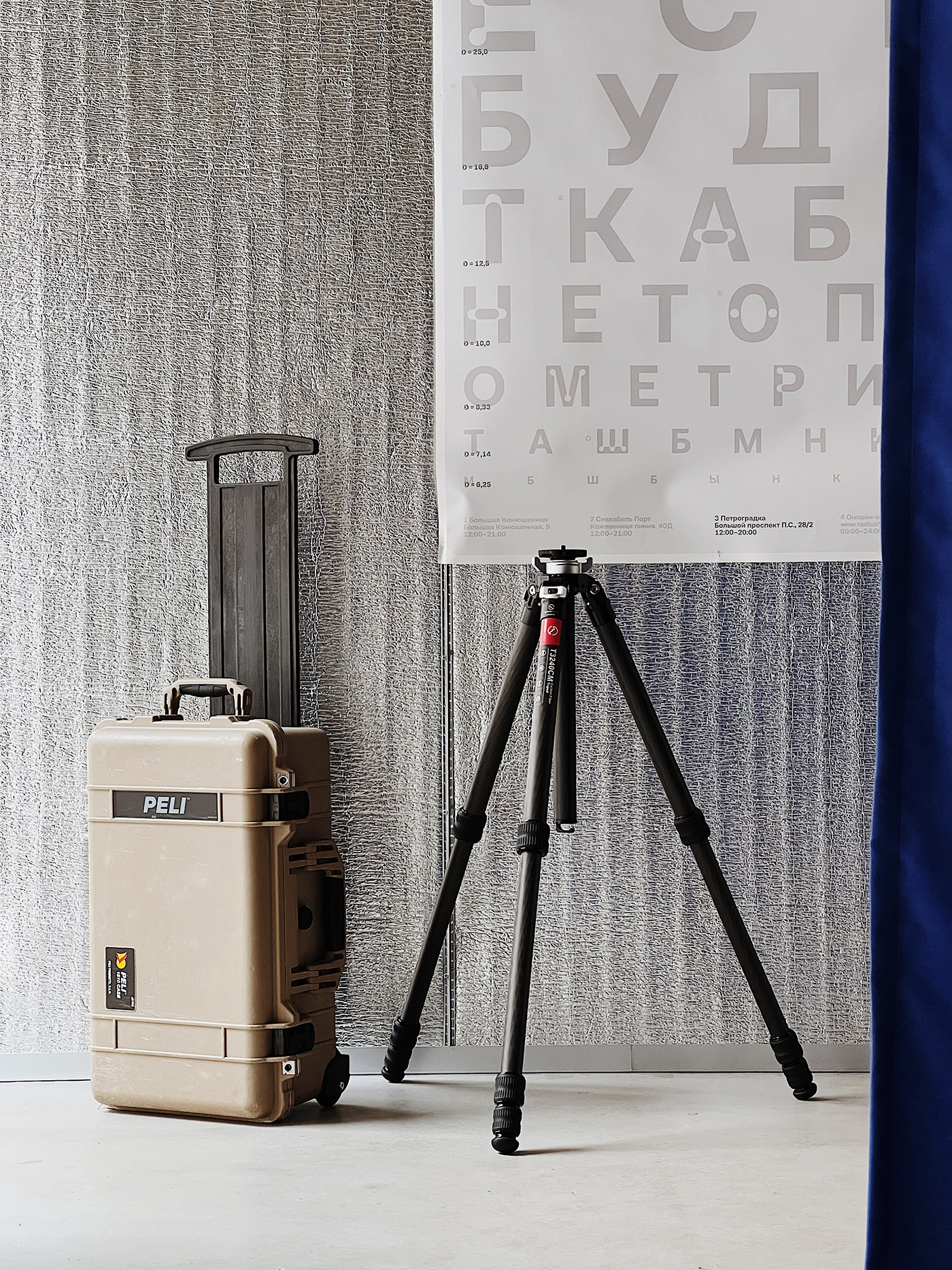
How to choose tripod
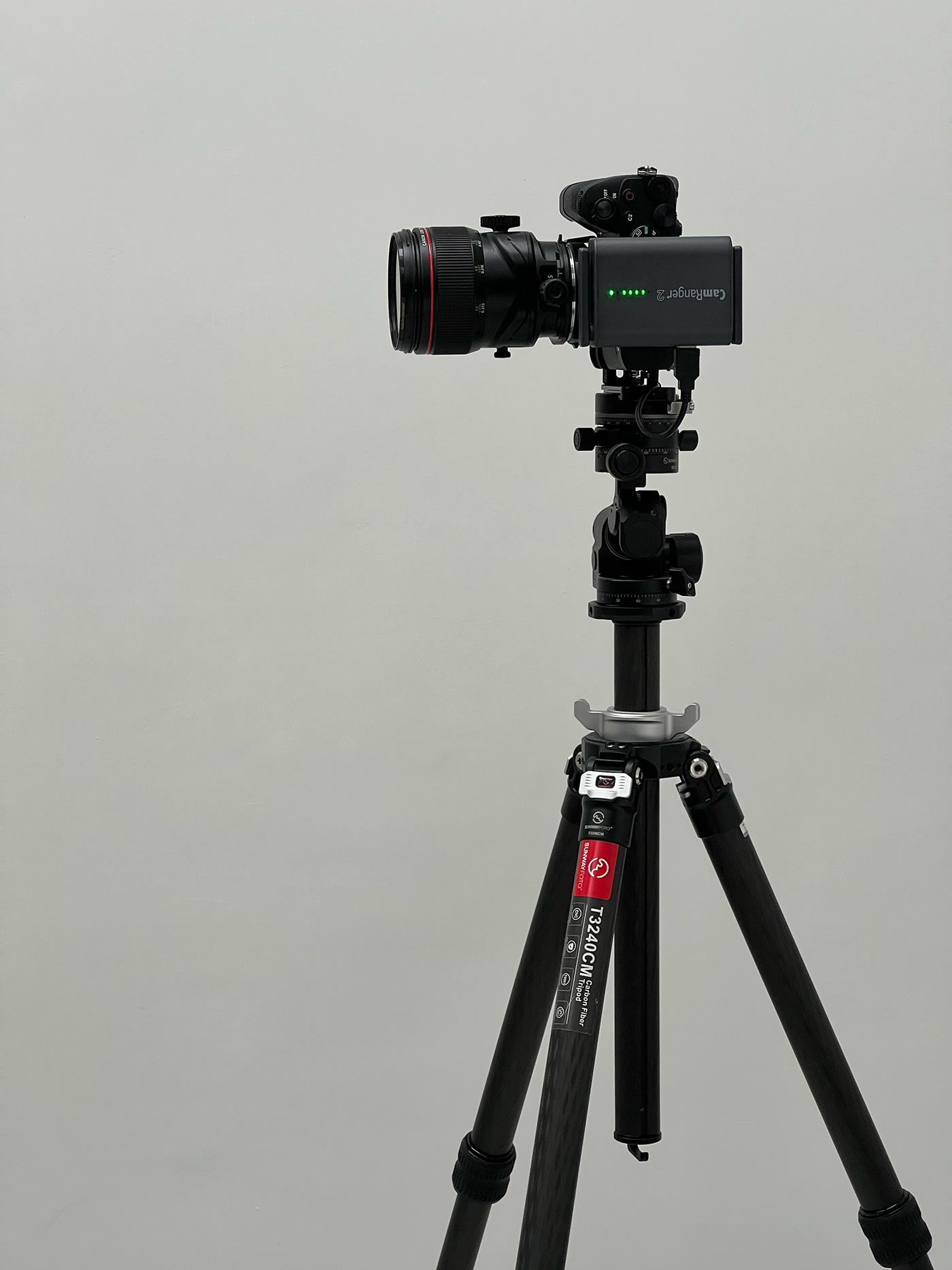
How to choose tripod
At first glance the profession of architectural and interior photographer may seem something simple and uncomplicated, but if you dig a little deeper you will realise that everything is much more complicated than it seems at first glance.
High-quality, beautiful and to some extent artistic photos are of great importance for your clients, because it is not enough to design and build an interesting object, it is necessary to photograph it correctly to convey the main idea to create the right first impression.
But to get a good photo, one camera and lens is not enough. The right tripod plays a big role in the process of architectural photography.
Let's understand why you need a tripod in architectural and interior photography:
1. Sharper photos in low light conditions. If we're talking about commercial photography, you should give your client the best possible product. Ideally always shoot at minimum ISO, as a consequence you will have to increase the shutter speed. Even in an interior with good natural light, the shutter speed usually ranges from ¼ to a few seconds, but there are times when you have to set the shutter speed up to 1 minute. Naturally, you won't be able to shoot anything handheld in such conditions. That's where a tripod comes in. It will allow you to shoot at the shutter speed that will be necessary in each particular situation.
2. If you need to make a panorama. It is much easier to stitch a panorama made with a tripod than with hands.
3. With a tripod you will be much easier to line up the frame, levelling horizontal and vertical lines. And later in processing it will save a lot of your time.
4. When you need to take several shots from the same point, but with different exposures to combine them into HDR later.
5. In a situation when you need to take a sharp photo, but to have a blurred silhouette of a person or a passing car in it.
I hope I've made enough arguments in favour of using a tripod.
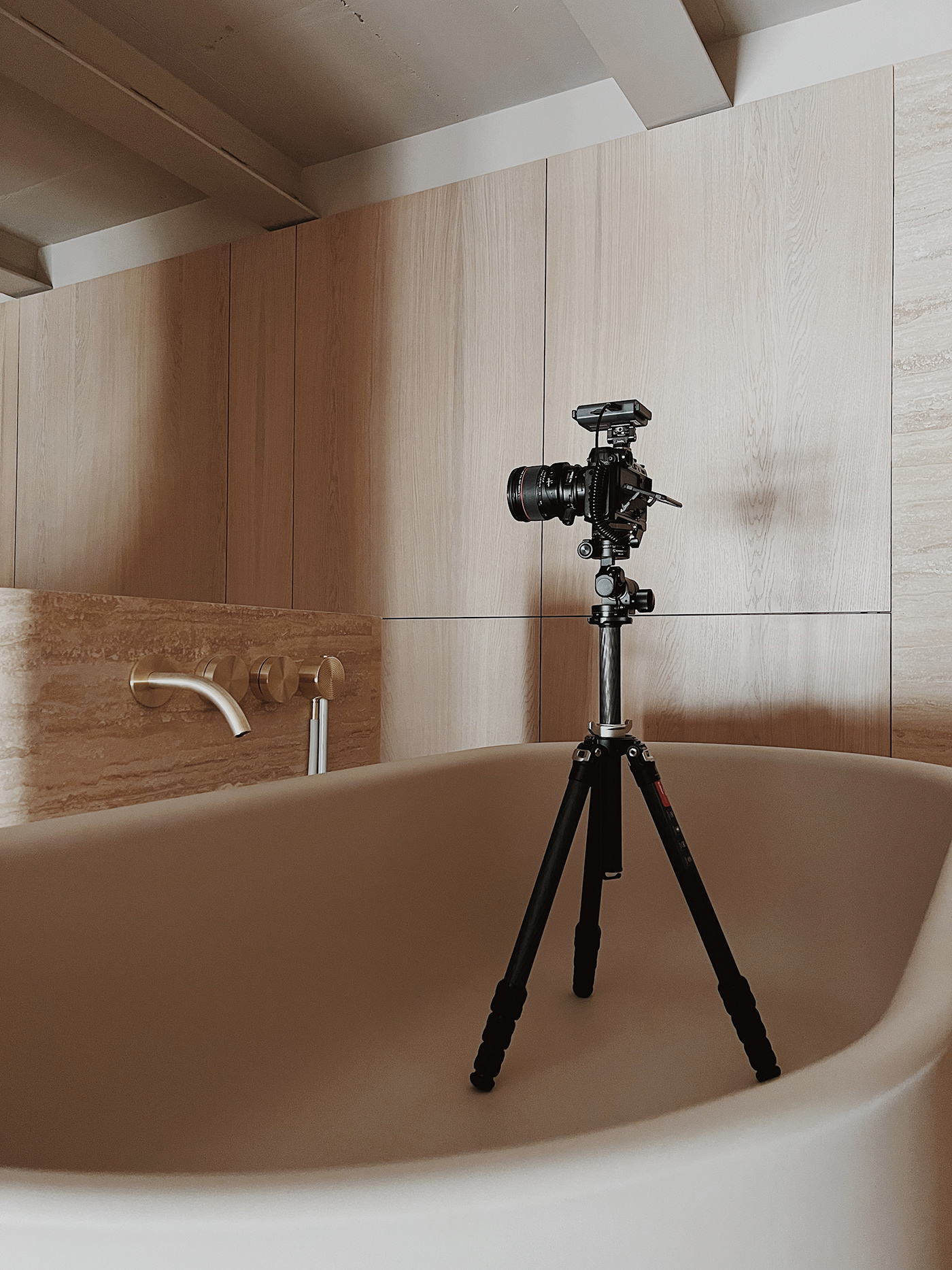
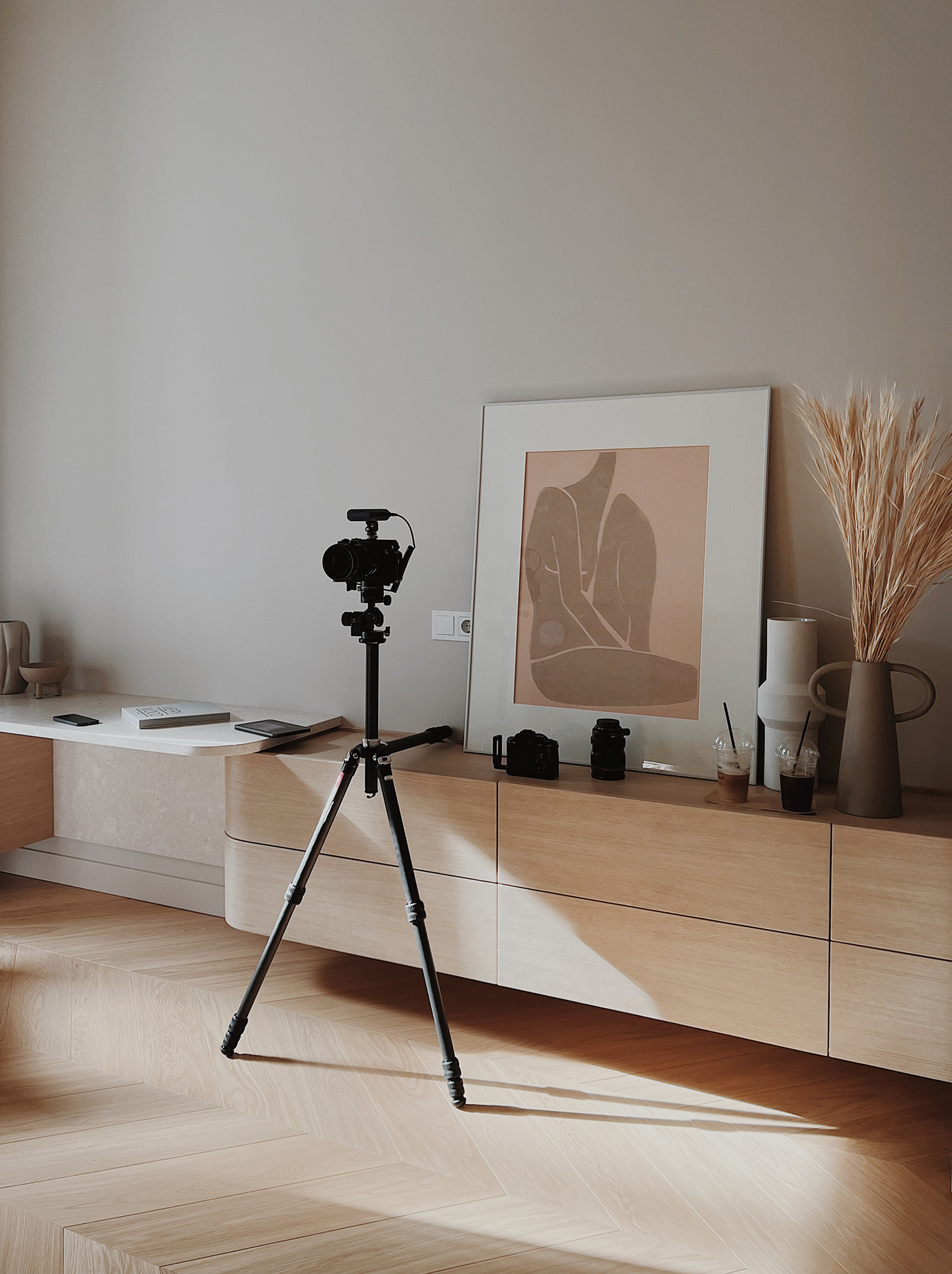
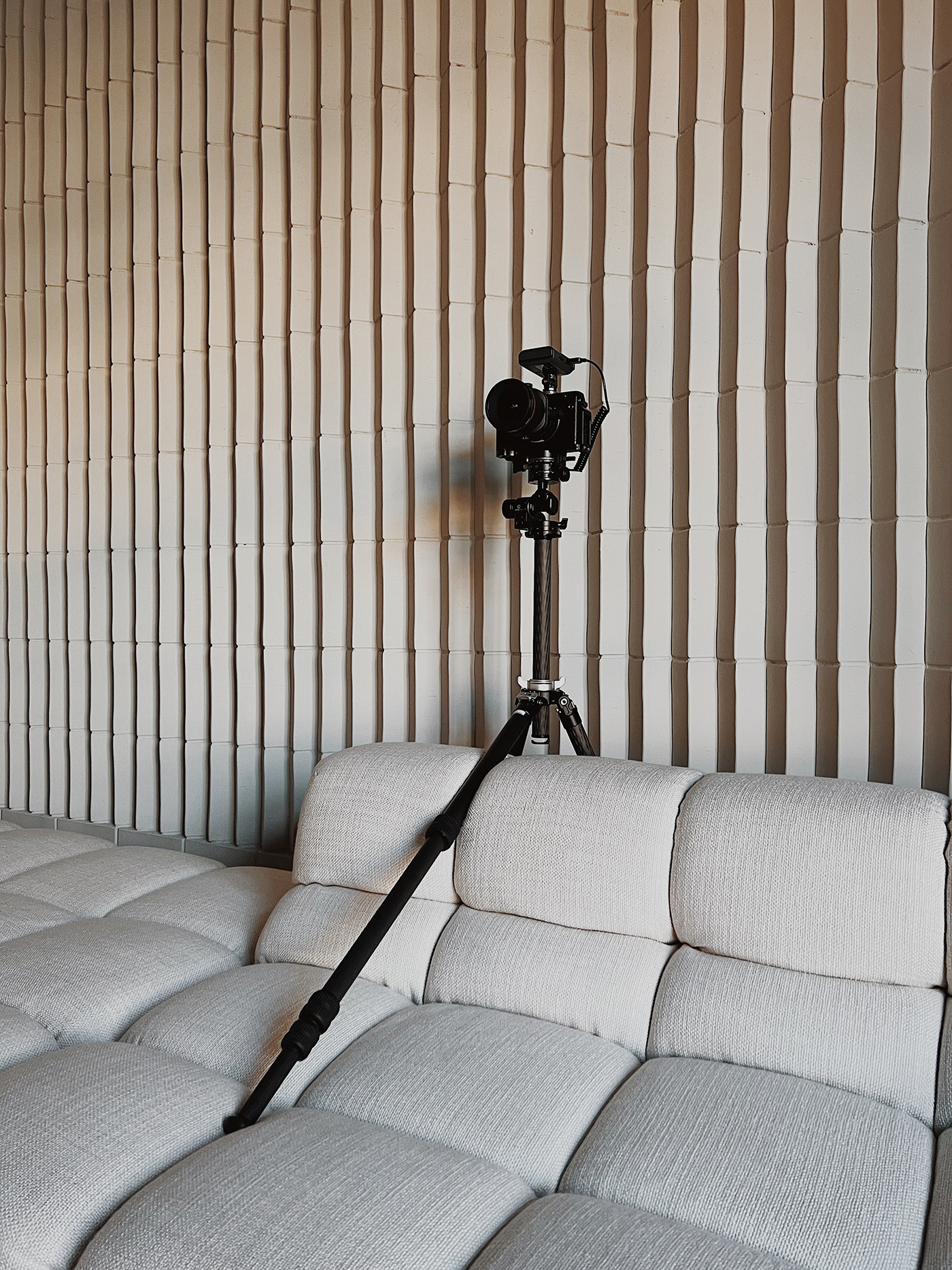
How to choose the right tripod for architectural photography?
There are many companies and models of tripods on the market, so how to choose the right tripod that will meet all the requirements of architectural photography?
Before you buy a tripod, you should pay attention to the following characteristics:
1. Weight. There are two points here. The weight that the tripod can bear and the weight of the tripod itself. In the first case, the higher the weight that can withstand the tripod, the better, because the tripod head, camera and lens can easily weigh 5-7kg. Accordingly, your tripod should be able to support 1.5 times the weight of your camera and the heaviest lens. And in the second case, the lighter the tripod, the easier it will be for you to move around with it. But here the main thing is to keep the golden mean, because these two parameters are interrelated.
2. Tripod height. At least the height of the tripod should correspond to your height, and ideally be even higher, because there are situations when you need to raise the camera as high as possible. In addition, a tall tripod gives you more freedom, unlike a non-tall tripod.
3. Stiffness. The stiffer the tripod, the more stable it is, the less blurring and shifting of the camera you will have.
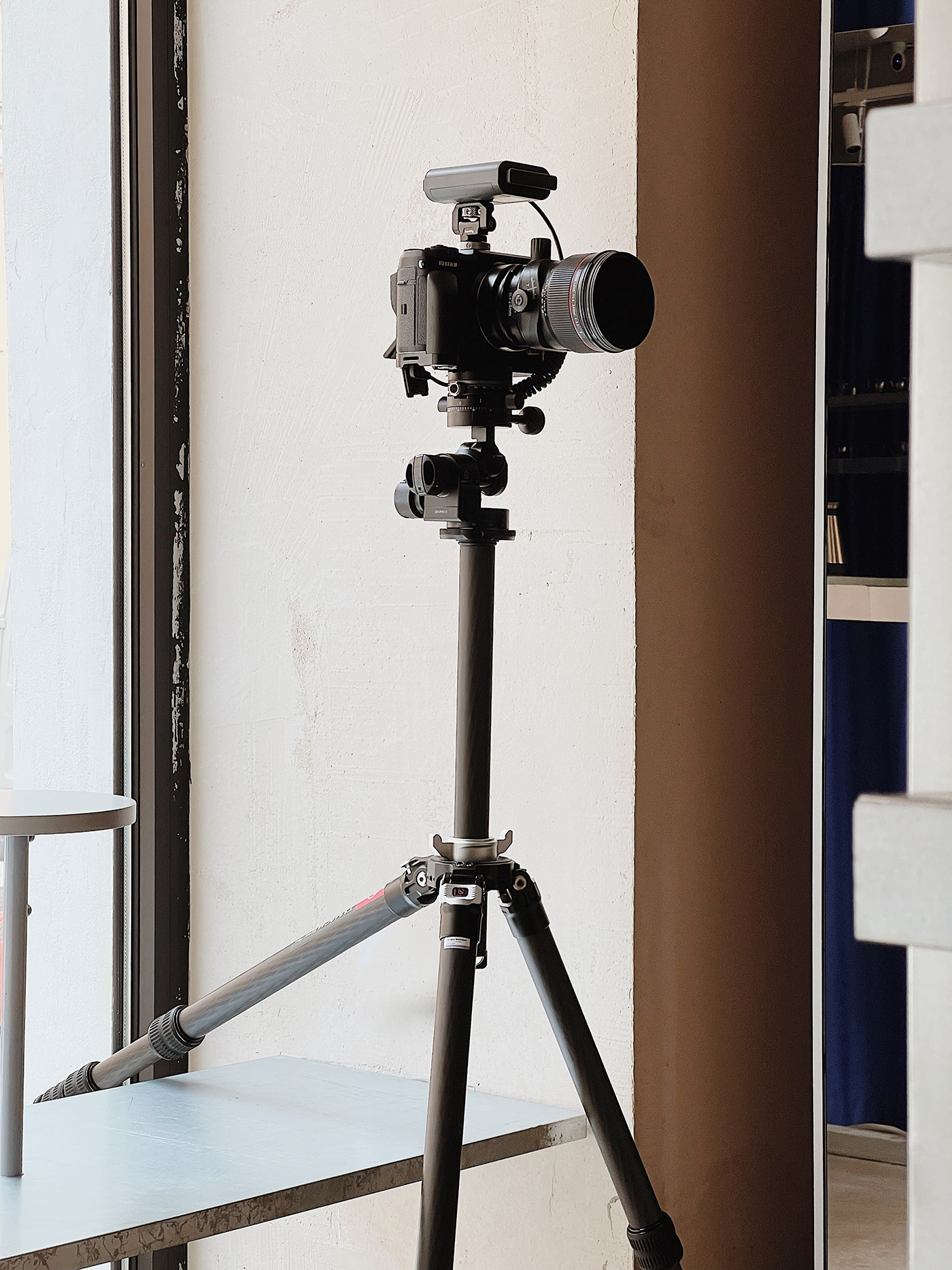

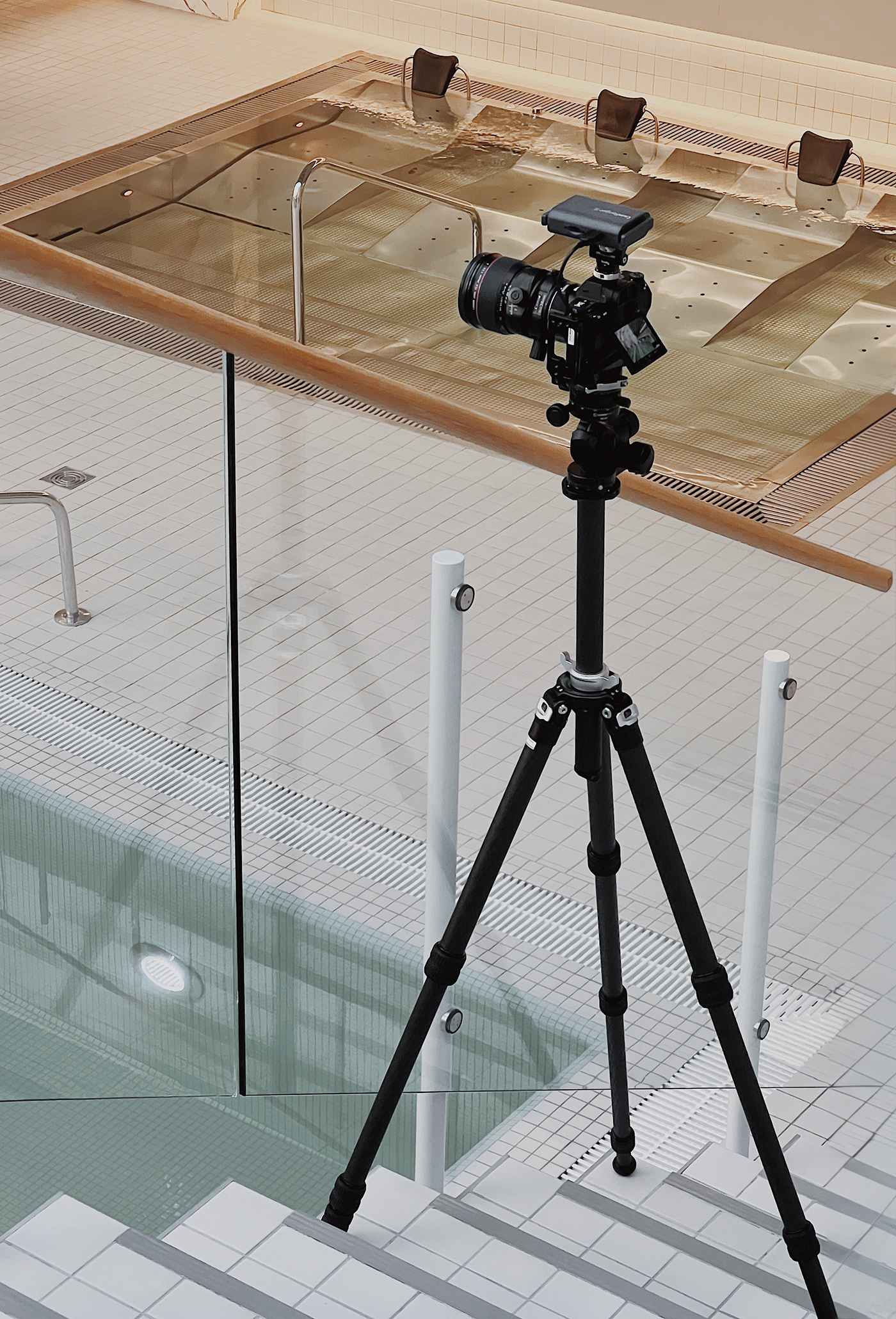
In my case it is the Sunwayfoto T3240CM. It is one of the latest models of carbon fibre 4 section tripod. It is very stable, but it is also lightweight. Its weight is only 1550 grams. The convenient clamps allow you to quickly unfold and fold the tripod and it is also very compact.
In conclusion
Tripods can have disadvantages. They reduce the mobility and speed of shooting. Of course, they are not suitable for reportage photography, where speed is important, but we are talking about architectural photography, and this genre of photography on the contrary does not tolerate haste. And in my opinion, the advantages of a tripod more than outweigh its disadvantages.
In the next article I will tell you how to choose a tripod head for architectural and interior photography.